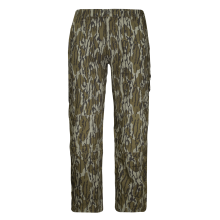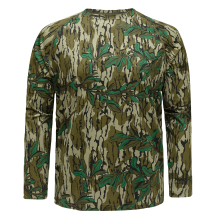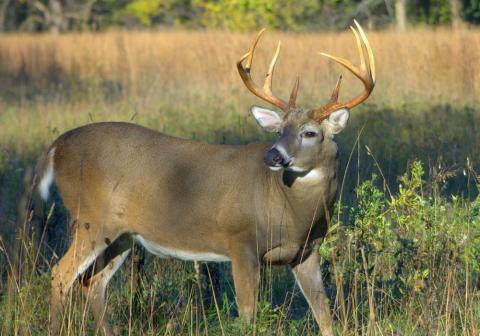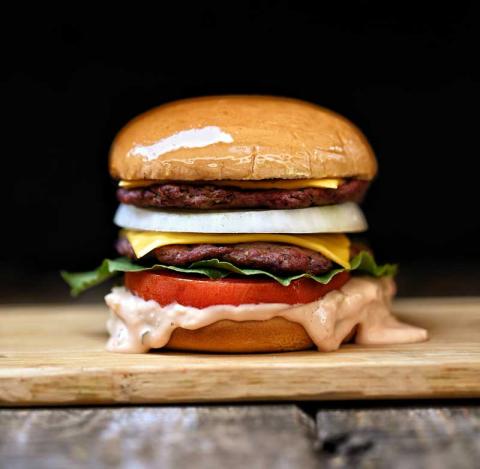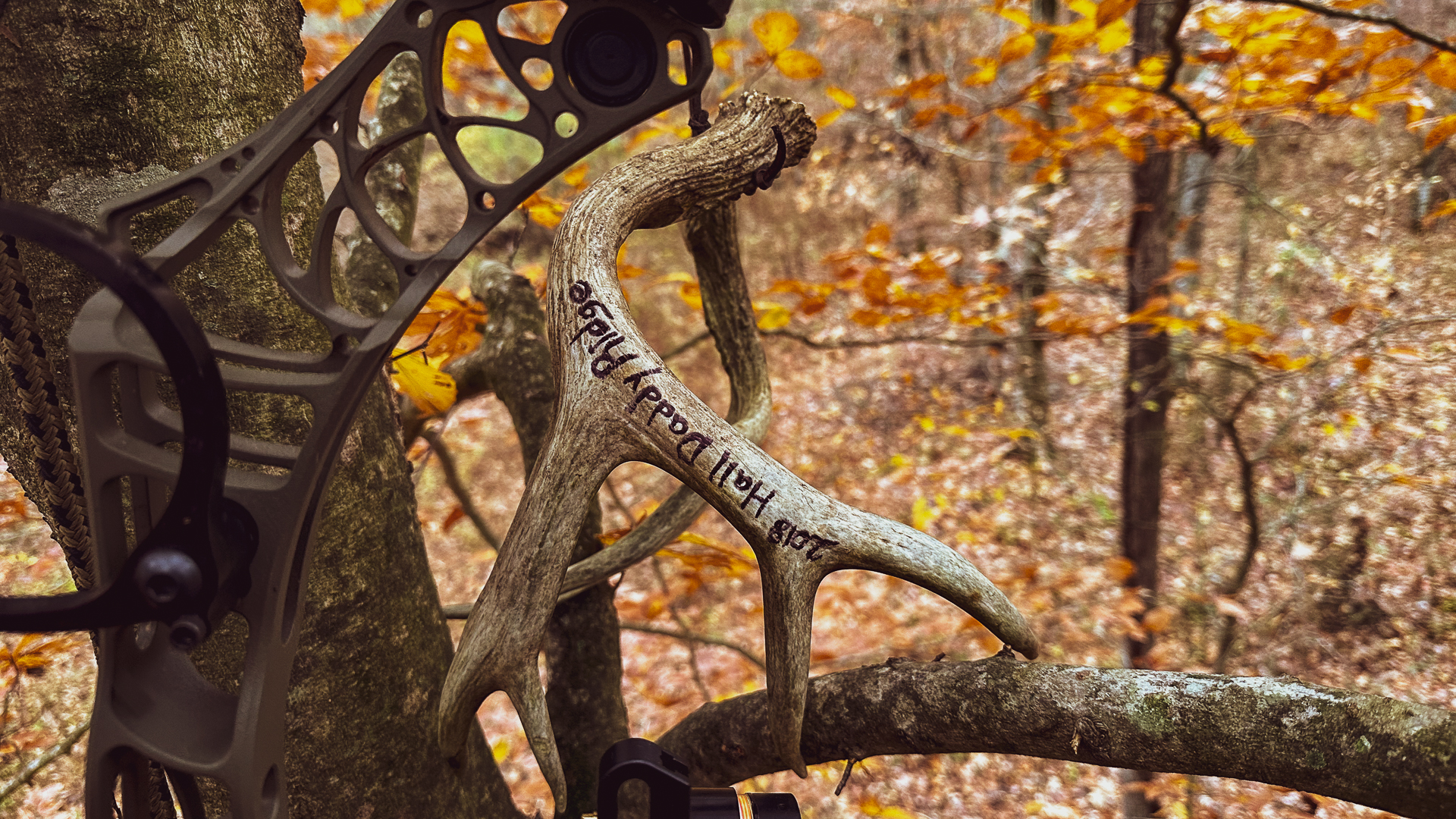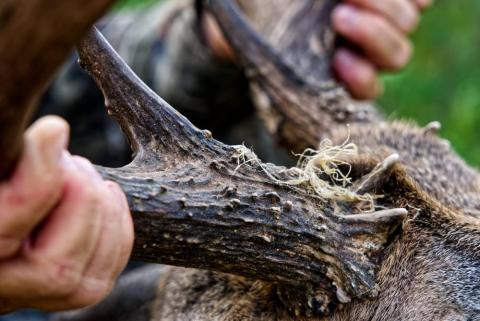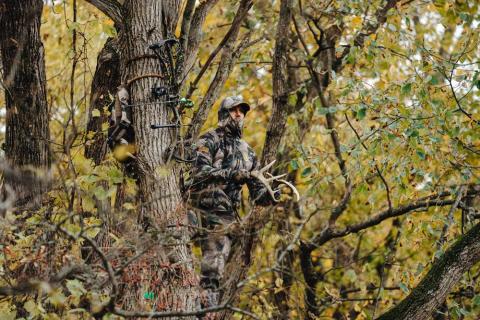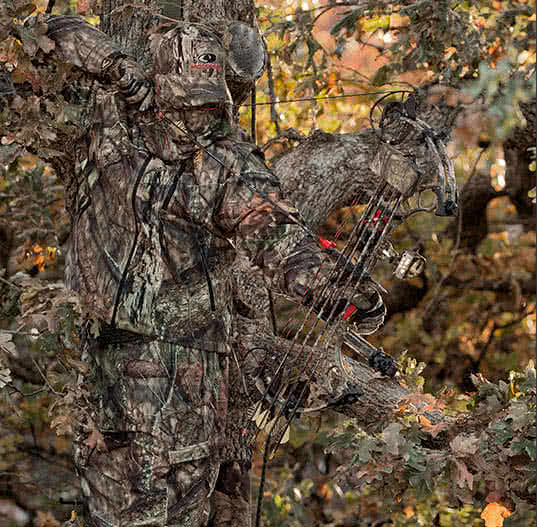Phillip Gentry
During the fall of the year crappie fishing is frequently compared to spring fishing for slabs. The problem with a spring/fall comparison is that spring crappie are headed to a known location to spawn while fall crappie are heading shallow, maybe to find suitable water, maybe to make dining arrangements, or in response to other factors. Weather and water temperatures dictate movements, locations, food sources and accordingly, the places to find them.
One sure thing about fall fishing for crappie is that the fish are generally in some type of transition. Moving from one place to another, staging in one area in preparation for cooler temperatures. It only makes sense that the successful fall crappie angler would understand the travel routes these fish use to transition from one area to the next.
Finding a crappie travel route is as easy as reading a roadmap. Crappie will move from deeper water where they spent most of the summer months as the entire lake cools. This is both in response to food and water quality/temperature.
Some of the most often used travel routes for crappie are channel edges to tributaries and rivers. Not all lakes are made the same, some are just covered over swamps while others are the more traditional backed up river systems. To find travel routes, take a topo map and look at the contour lines. If you know crappie spend the summer in a big deep-water area, look for the tight concentrations of contour lines that lead from that area to a shallow area like a creek or major cove.
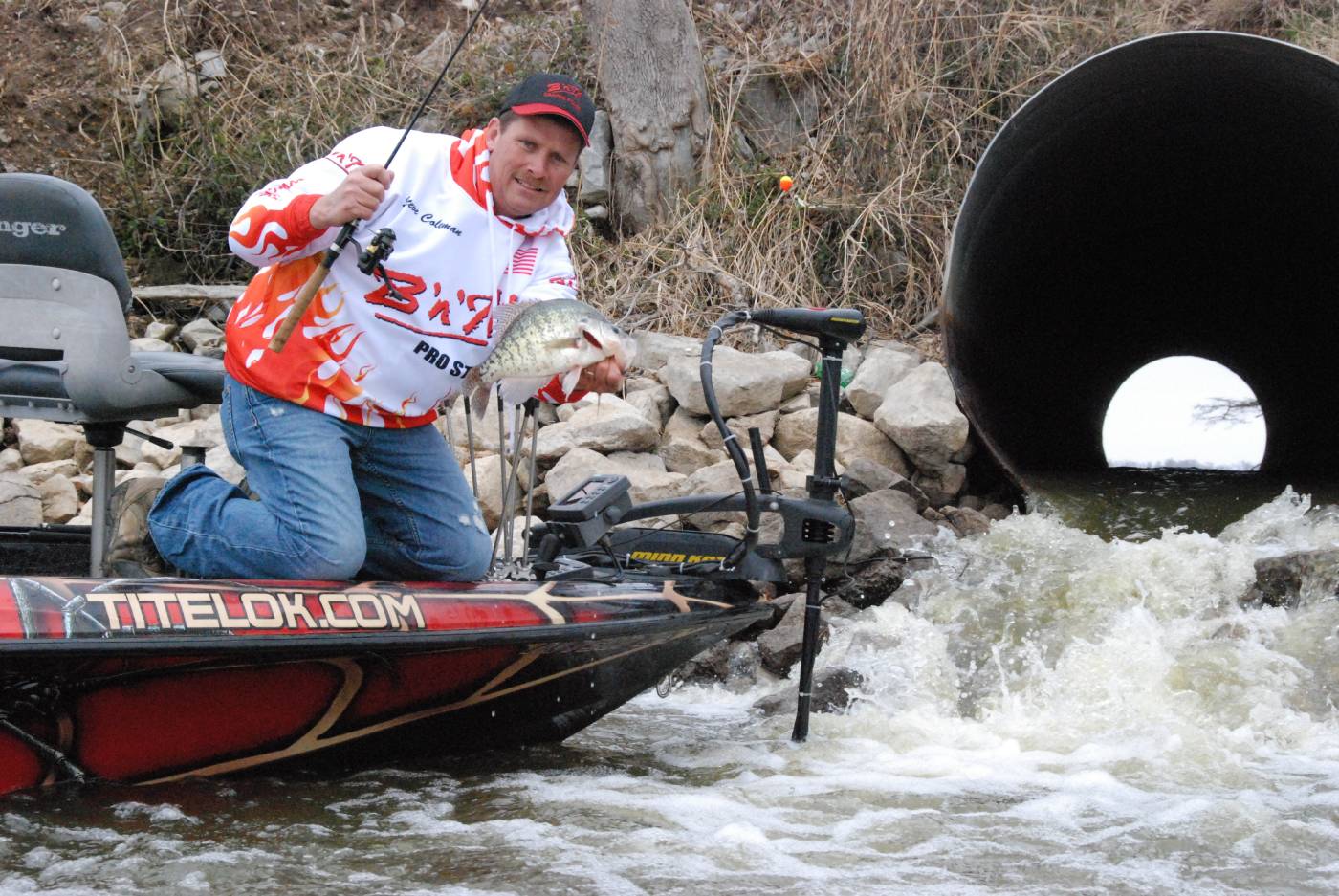
Another consideration for crappie in lakes that stratify during the summer is finding good water when the lake turns over. At the top of this list is fresh water inflows. Fresh water inflows may be abundant or hard to come by during the fall. In areas plagued by late summer drought conditions, fresh water inflow can concentrate fish into a relatively small area while periods of heavy rain may scatter fish over a larger area. In both scenarios, fish will relate to the cooler, more oxygenated water.
Don’t look for crappie to be right in the current like a bass or catfish. Crappie look for something to hide behind and that might be off to one side of the current or it may be a little way downstream.
Boat docks are so frequently mentioned as crappie hold spots that it’s almost clichéd. The fact is that some boat docks will hold crappie year-round and crappie will move from deeper to shallower boat docks as the seasons change.
Many anglers will turn on forward facing sonar and scan an area if they aren’t familiar with an area. Some boat docks produce better than others and that’s usually because there is deeper water or good cover around the dock.
When targeting boat docks, keep an eye peeled for lone boat dock. It’s hard to beat a single dock that’s out by itself if it’s got decent water under it.
Veteran anglers probably catch more crappie from brush piles than any other type of cover. However, modern sonar imaging has shown that it’s not always just the brush that holds crappie, it’s the depth of the water the brush is located in.
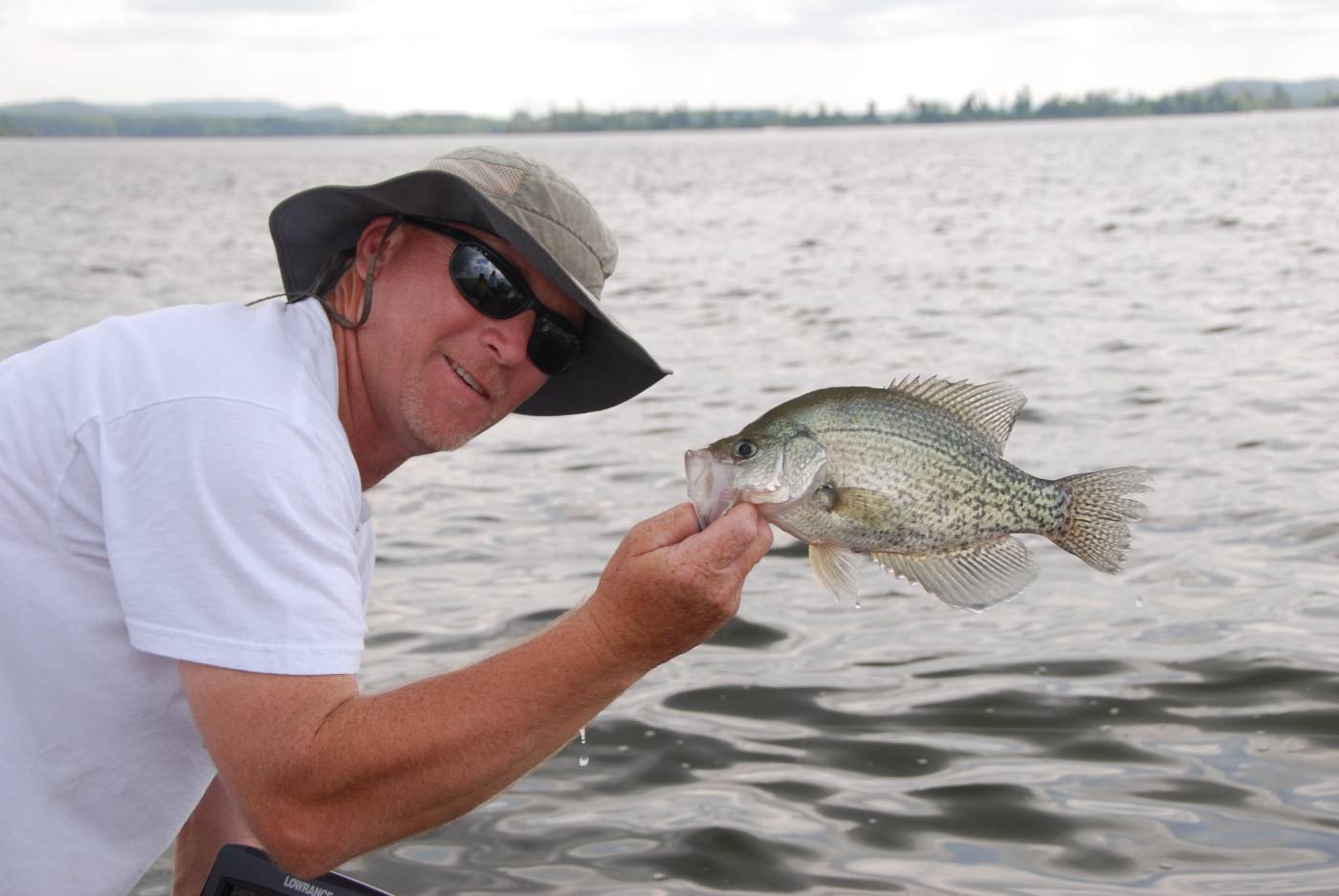
Crappie relate to brush but what is just as important is the water depth. Crappie are schooling fish and they use a particular depth on a particular day. If you can figure out that depth for that day and then go look for other brush piles in that water depth.
Most anglers speak of targeting points and humps when they are bass fishing, but crappie will relate to the same contours as bass and usually for the same reason.
In the fall you will see schools of baitfish moving all over the lake. Crappie aren’t going to chase them far so what they do is hang out on the end of a long point or off to the side of a hump. The surrounding water might be 30 or 40 feet deep but the fish will be up shallow in say 10 or 12 feet. When the baitfish swarm by the end of that point or hump, that’s a lot less water to have to chase down a meal.
While finding crappie is at least 80% of the solution to catching them, the remaining 20 percent is made up of fishing tactics and baits and different presentations. On thing to bear in mind is that, without spawning urges to cloud their motivation, feeding is at the top of the list to put on weight to get them through the colder months.
Whether you are a live-scoper, long liner, tight liner, dock shooter, or just enjoy suspending minnows under a bobber, by locating fish you’ll be able to tell pretty quickly if it’s going to be a good day or just a so-so day.













